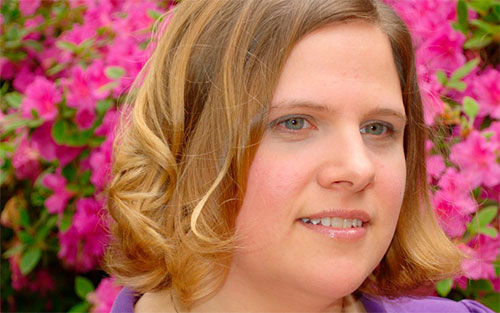Jeanette Baran-Gale, a graduate student in Praveen Sethupathy’s lab, is first author on a paper published in Frontiers in Genetics: RNA last week titled, “Addressing bias in small RNA library preparation for sequencing: a new protocol recovers microRNAs that evade capture by current methods.”
Abstract from the article
Recent advances in sequencing technology have helped unveil the unexpected complexity and diversity of small RNAs. A critical step in small RNA library preparation for sequencing is the ligation of adapter sequences to both the 5’ and 3’ ends of small RNAs. Studies have shown that adapter ligation introduces a significant but widely unappreciated bias in the results of high-throughput small RNA sequencing. We show that due to this bias the two widely used Illumina library preparation protocols produce strikingly different microRNA (miRNA) expression profiles in the same batch of cells. There are 102 highly expressed miRNAs that are >5-fold differentially detected and some miRNAs, such as miR-24-3p, are over 30-fold differentially detected. While some level of bias in library preparation is not surprising, the apparent massive differential bias between these two widely used adapter sets is not well appreciated. In an attempt to mitigate this bias, the new Bioo Scientific NEXTflex V2 protocol utilizes a pool of adapters with random nucleotides at the ligation boundary. We show that this protocol is able to detect robustly several miRNAs that evade capture by the Illumina-based methods. While these analyses do not indicate a definitive gold standard for small RNA library preparation, the results of the NEXTflex protocol do correlate best with RT-qPCR. As increasingly more laboratories seek to study small RNAs, researchers should be aware of the extent to which the results may differ with different protocols, and should make an informed decision about the protocol that best fits their study.
You can read the full article here: http://journal.frontiersin.org/article/10.3389/fgene.2015.00352/abstract

